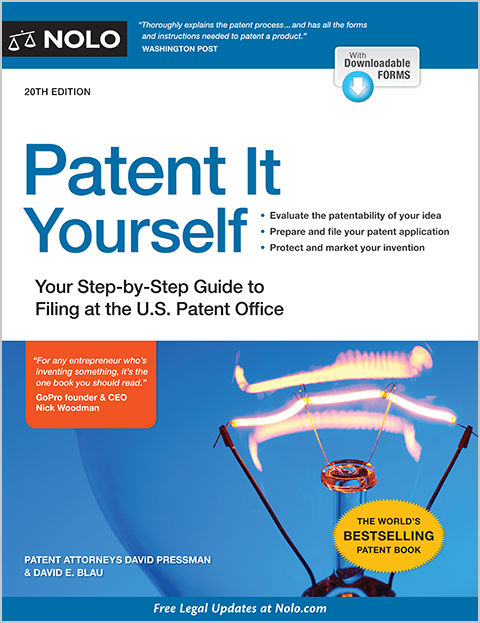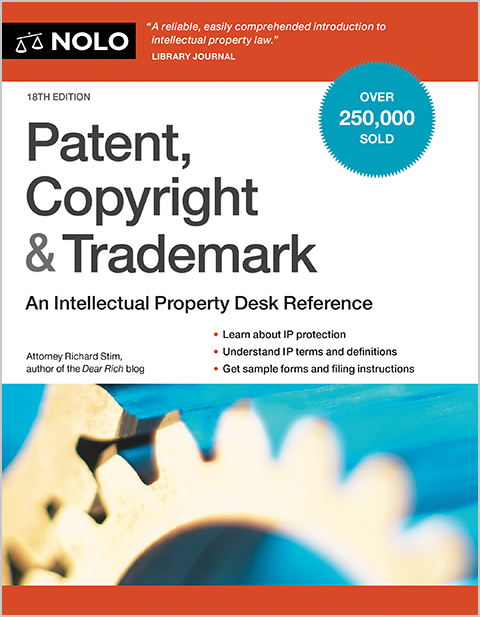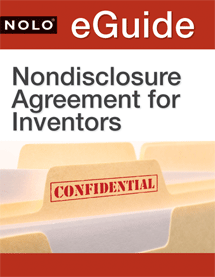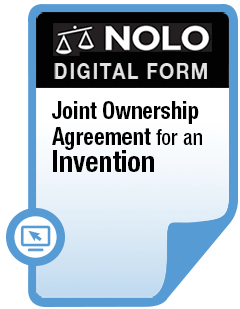Class 42 includes scientific and technical services, including research, programming, testing, design, and consultancy.
Trademark Class 42 includes scientific and technical services, particularly those provided by members of professions such as chemists, physicists, engineers, or computer programmers. In addition, it includes the services of engineers who undertake evaluations, estimates, research, and reports in the scientific and technological fields, as well as scientific research services for medical purposes.
Specifically, the class includes computer programming, website hosting, SAAS services, scientific research, clinical trials, engineering, and interior design.
What Services Are Included Under Trademark Class 42?
The following is a more comprehensive list of Class 42 services:
- IT services, computer system analysis, computer system design, and monitoring of computer systems by remote access.
- Software development, programming and implementation, computer programming, computer software design, updating of computer software, computer software consultancy, creating and maintaining websites for others, installation of computer software, and maintenance of computer software.
- Computer hardware development and consultancy in the design and development of computer hardware.
- Hosting services, software as a service (SAAS), rental of software, hosting computer websites, providing search engines for the internet, rental of computer software, rental of web servers, and server hosting.
- Rental of computer hardware and facilities and computer rental.
- IT consultancy, advisory and information services, and information technology [IT] consulting services.
- IT security and protection, computer virus protection services, and recovery of computer data.
- Data duplication and conversion services, data coding services, conversion of data or documents from physical to electronic media, data conversion of computer programs and data [not physical conversion], digitization of documents [scanning], and duplication of computer programs.
- Science and technology services, calibration [measuring], construction drafting, consultancy in the field of energy efficiency, cosmetic research, energy auditing, quality evaluation of wool, quality evaluation of standing timber/quality valuation of standing timber, handwriting analysis [graphology], scientific laboratory services, mechanical research, technical project planning, research and development of new products for others, scientific research, technical research, and water analysis.
- Medical and scientific research services, and clinical trials.
- Engineering services and engineering.
- Surveying and exploration, analysis for oil-field exploitation, geological research, geological prospecting, geological surveys, land surveying/land surveys, oil prospecting, oil-field surveys, oil-well testing, surveying, and underwater exploration.
- Architectural and urban planning services, architectural consultation, architecture, and urban planning.
- Natural science services, bacteriological research, biological research, chemical research, chemical analysis, chemistry services, and physics research.
- Earth science services, cloud seeding, advice and consultancy in relation to carbon offsetting, research in the field of environmental protection, weather forecasting, and providing meteorological information.
- Quality control, authenticating works of art, material testing, textile testing, and vehicle roadworthiness testing.
- Design services, design of interior decor, dress designing, graphic arts design, industrial design, packaging design/packaging design services, industrial design, and website design consultancy.
What Services Aren't Included Under Class 42?
But the class isn't as broad as you might expect. Specifically, you would not use Class 42 if you're applying for:
- business research and evaluations (Class 35 - Advertising and Business Services)
- word processing and computer file management services (Class 35 - Advertising and Business Services)
- financial and fiscal evaluations (Class 36 - Insurance and Financial Services)
- mining and oil extraction (Class 37 - Construction and Repair Services)
- computer hardware installation and repair services (Class 37 - Construction and Repair Services)
- services provided by the members of professions such as medical doctors, veterinary surgeons, and psychoanalysts (Class 44 - Medical, Beauty, and Agricultural Services)
- medical treatment services (Class 44 - Medical, Beauty, and Agricultural Services)
- garden design (Class 44 - Medical, Beauty, and Agricultural Services), and
- legal services (Class 45 - Personal and Legal Services).
Examples of Trademarks in Class 42
You can find trademarks that have been applied for or registered by the United States Patent and Trademark Office (USPTO) under Class 42 in the Trademark Electronic Search System (TESS), an electronic trademark database.
Some well-known examples of Class 42 marks include:
- MICROSOFT (providing nondownloadable software and computer diagnostic services)
- LABCORP (scientific research and pharmaceutical drug development), and
- GODADDY (hosting of websites, software, and servers)
USPTO Trademark Classes
The USPTO, the federal agency that oversees the registration of federal trademarks, divides marks into 45 different classes of products and services. The purpose of these classes is to allow different types of businesses to register their trademarks into categories most related to their core business.
The first 34 classes consist of different broad categories of goods. The last 11 classes consist of different broad categories of services.
Related or Coordinated Classes to Class 42
If you're not sure whether you should apply for your mark under Class 42, you can consider a "coordinated" class. A coordinated class is one that's related to another class, usually because the USPTO has determined that applicants filing within one particular class often file in other specific classes, too.
For Class 42, the USPTO has determined the following classes to be coordinated classes:
- Class 35 - Advertising and Business Services
- Class 36 - Insurance and Financial Services
- Class 37 - Construction and Repair Services
- Class 38 - Telecommunications Services
- Class 39 - Transportation and Storage Services
- Class 40 - Material Treatment Services
- Class 41 - Education and Entertainment Services
- Class 43 - Hotels and Restaurants Services
- Class 44 - Medical, Beauty, and Agricultural Services, and
- Class 45 - Personal and Legal Services.
Trademark Filing Fees
The trademark class system will also affect the scope of the registration fees that you pay. The USPTO charges a set filing fee per class of goods or services. So, if you apply for a trademark for posters (Class 16) and shirts (Class 25), you must pay the filing fee for two classes, which is double the filing fee for one class. (37 C.F.R. §2.6(a)(1)(2022).)
Be sure to indicate the correct class at the time you're registering a trademark—if the application doesn't already do so for you. If you list the incorrect class, you must restart the application process, and your filing fees will not be refunded.
Your registration is restricted to those classes that encompass the goods or services you're already offering (as shown by the specimens you submit) or that you plan to offer (if you're registering on an intent-to-use basis).
USPTO Specimens
At some point in the trademark application process, you'll need to supply the USPTO with a specimen. A specimen is a real-world example of how your mark is being used in association with your goods or services. In other words, it's how customers come across your mark as they shop for your goods or services.
If you're applying for a use-in-commerce trademark (you're already using your trademark to sell your goods or services), then you'll submit a specimen with your trademark application. If you're applying for an intent-to-use trademark (you haven't started using your trademark yet but plan to), then you'll submit a specimen after you've already submitted your trademark application once the trademark examiner—the person at the USPTO reviewing your application—requests it from you.
For every class of goods or services, you'll need to submit at least one specimen regardless of how many goods or services are listed under the class. So if you apply for hats, t-shirts, and socks under Class 25, then you'll only need to submit one specimen and you can choose which good to include in your specimen.
(37 C.F.R. §2.34(b)(2)(2022).)
Acceptable Specimens for a Service Mark
A specimen for a service trademark must show use of the mark in a manner that would be perceived by potential purchasers as identifying the applicant's services and indicating the service's source.
When the mark is used in advertising the services, your specimen must show an association between the mark and the services you're applying for. A specimen that shows only the mark, with no reference to the services, doesn't show service mark usage.
When offering a service, you don't have a product you can put a label on. Instead, your specimen will need to show how your trademark is being used to sell your service. So, your specimen can show how you're using your trademark to promote your services or how your trademark is used in the performance or rendering of your service. (37 C.F.R. §2.56(b)(2)(2022).)
Acceptable specimens for services include a variety of materials that can't be used for product marks. For a service trademark, you can submit specimens that include:
- newspaper and magazine ads
- brochures
- billboards
- direct mail pieces
- menus (for restaurants)
- publicly available press releases—such as on the applicant's website, and
- letterhead stationery—for instance, invoices—and business cards showing the mark when the services are plainly reflected on them.
If your services are rendered online, you can use a screenshot of the webpage where the trademark and reference to the services appear. Ideally, the trademark will be displayed in the webpage header, but any prominent showing of the trademark that appears near a description of the services will work. Be sure you include—either on the screenshot or in the application—the website URL and the date you last accessed the webpage. (37 C.F.R. §2.56(c)(2022).)
While most marks appear in writing somewhere, trademarks can also be in audio format. If your mark represents a service, and it appears only on radio ads or in some other audio form, you can submit a sound file of the audio.
Unacceptable Specimens for a Service Mark
The following are unacceptable specimens for service marks:
- news releases or articles based on news releases that are only sent to the news media
- documents showing trademark rather than service mark usage (use of the mark in connection with goods rather than services)
- invoices and similar documents such as packing slips, unless the invoice identifies the mark and the services represented by the mark, and
- letterhead or business cards that bear only the mark and a company name and address, unless the letterhead or the text of the letter identifies the services represented by the mark.
For more information about trademarks and federal registration, see our section on trademark law.
Talk to a Lawyer
Need a lawyer? Start here.
How it Works
- Briefly tell us about your case
- Provide your contact information
- Choose attorneys to contact you
- Briefly tell us about your case
- Provide your contact information
- Choose attorneys to contact you



